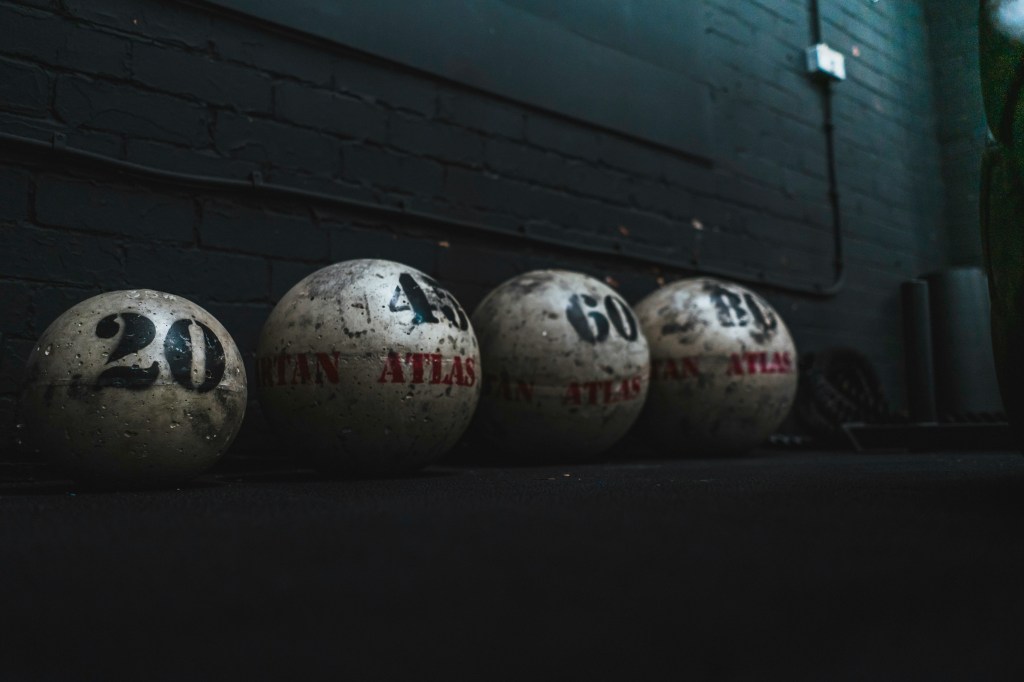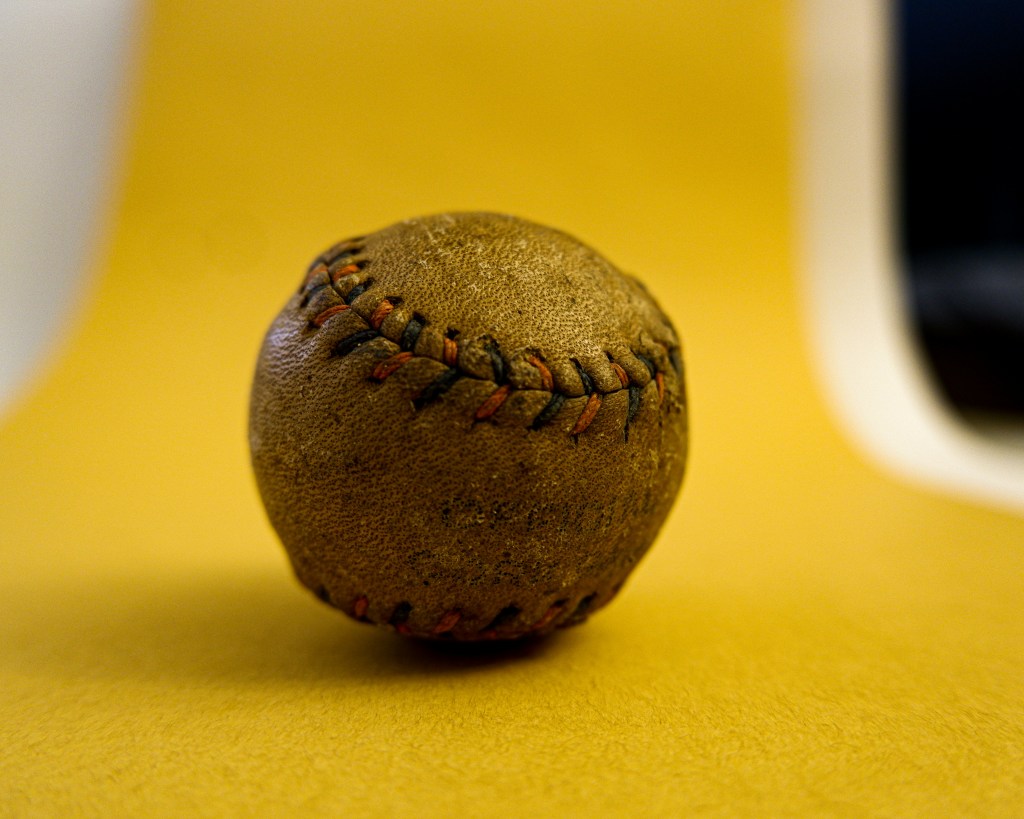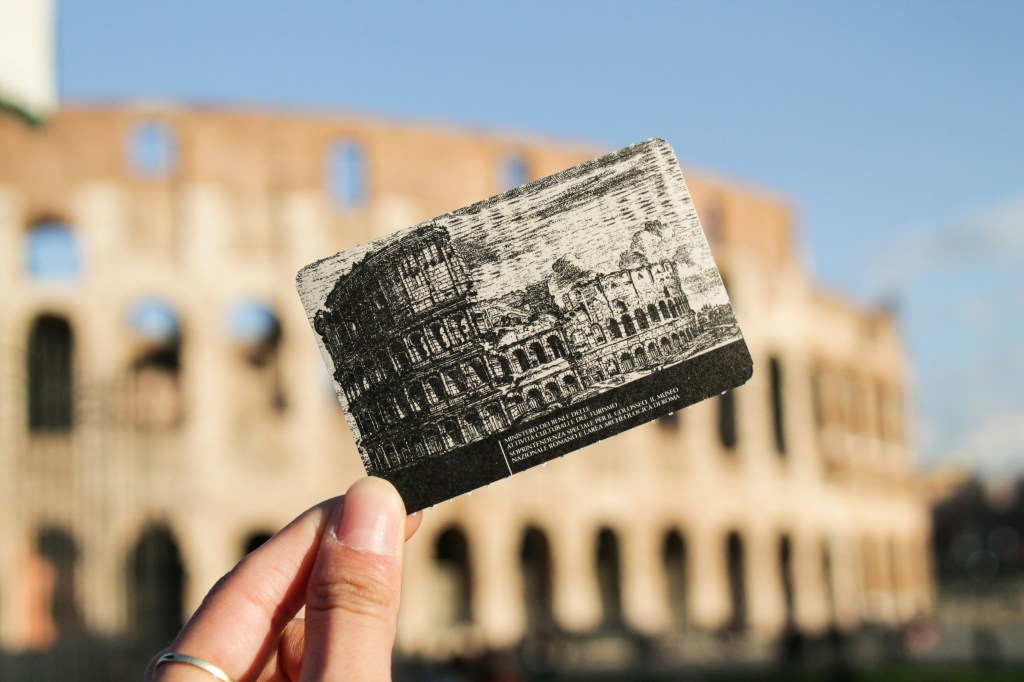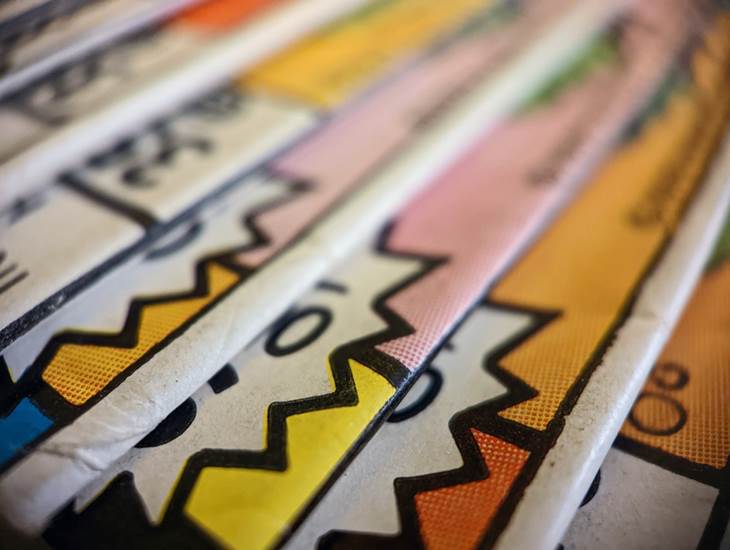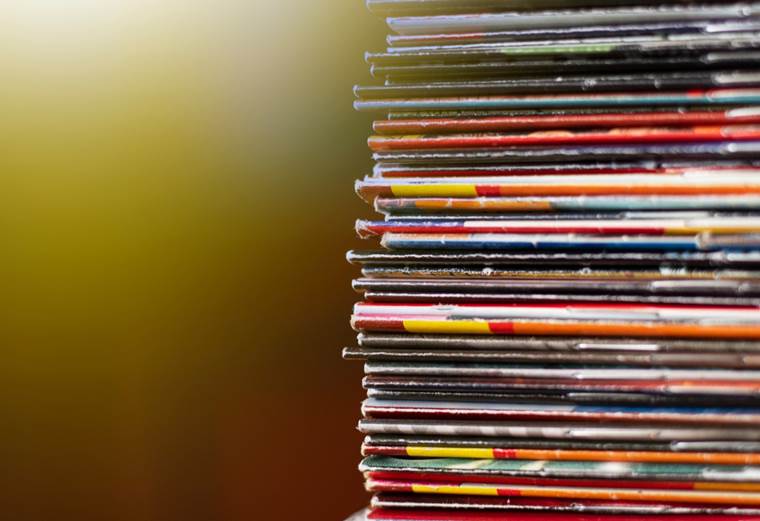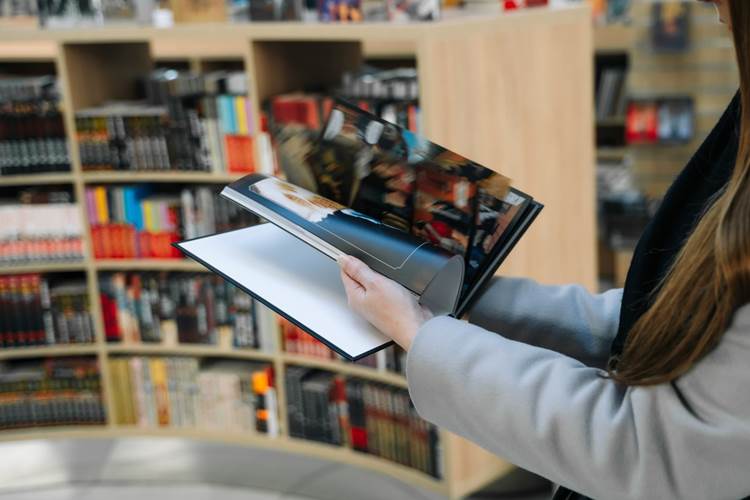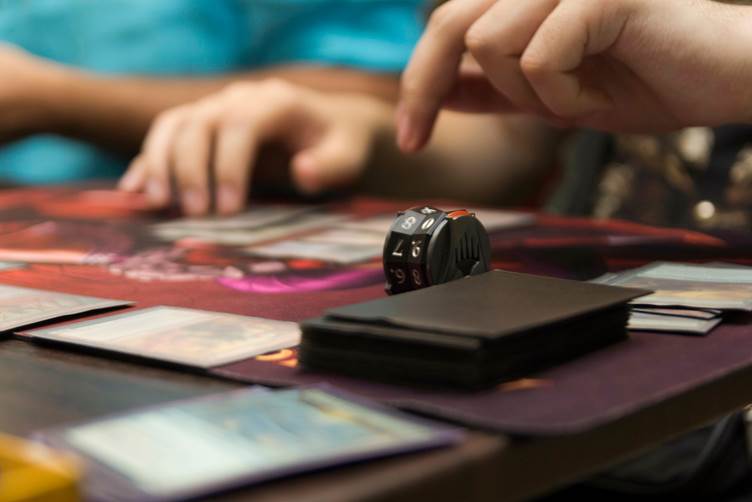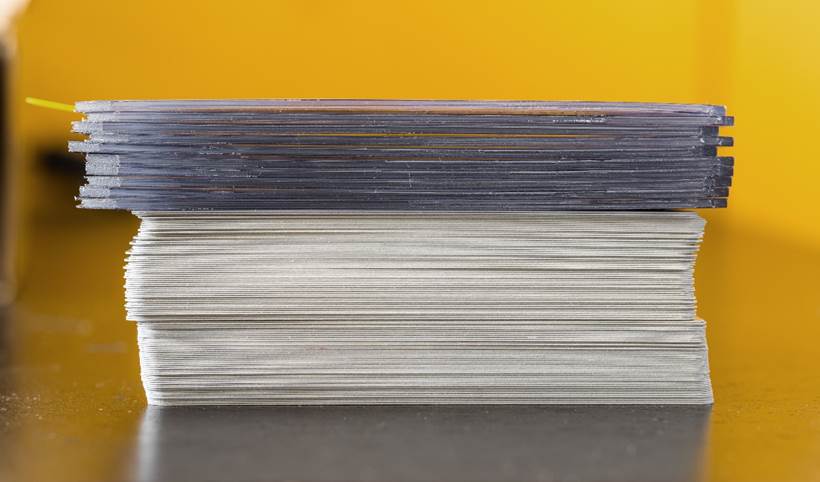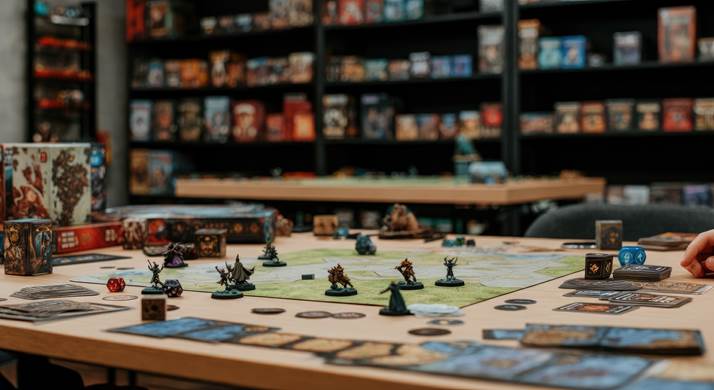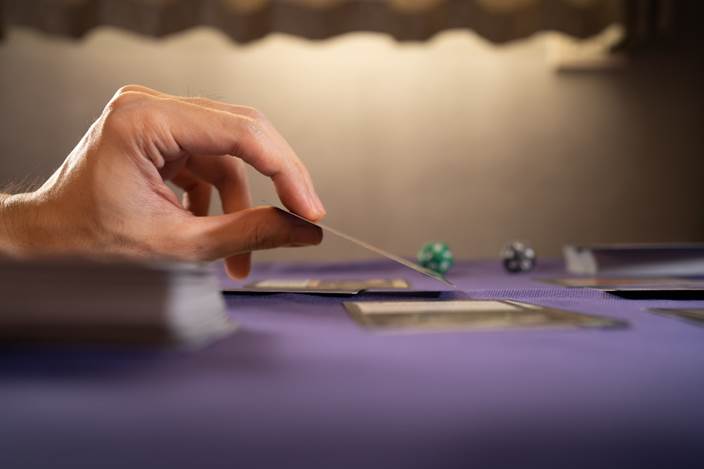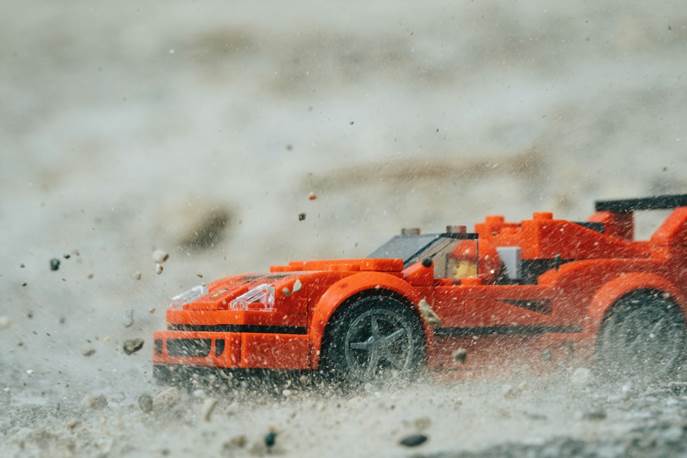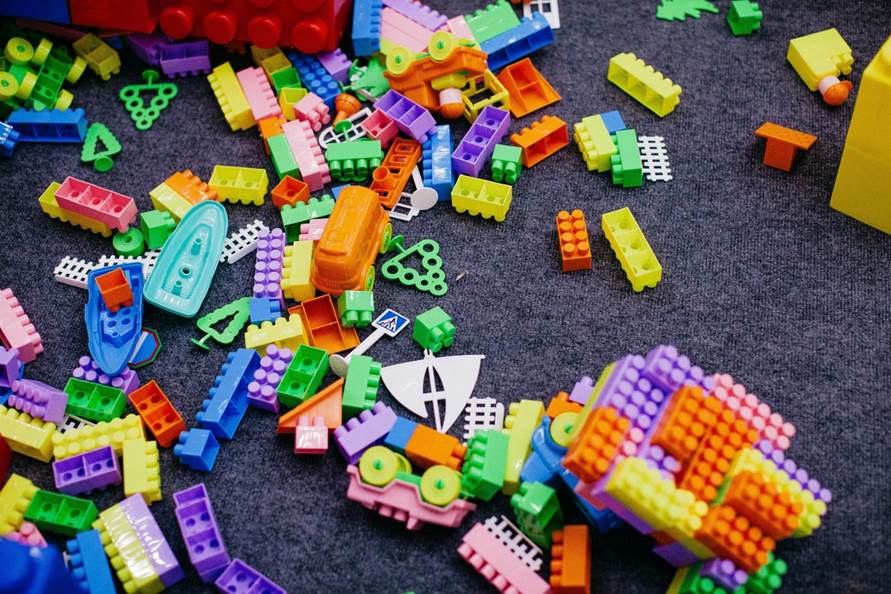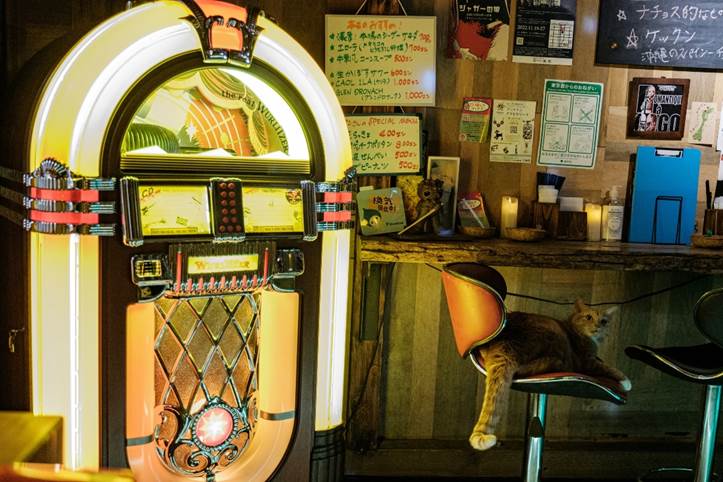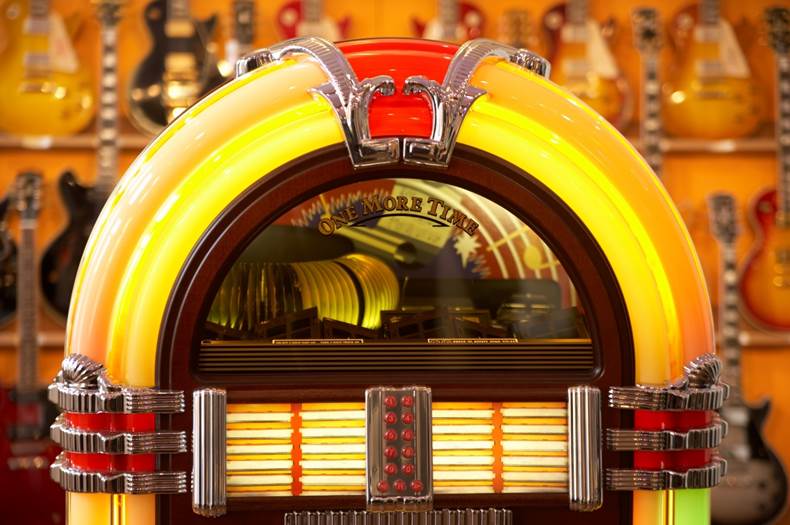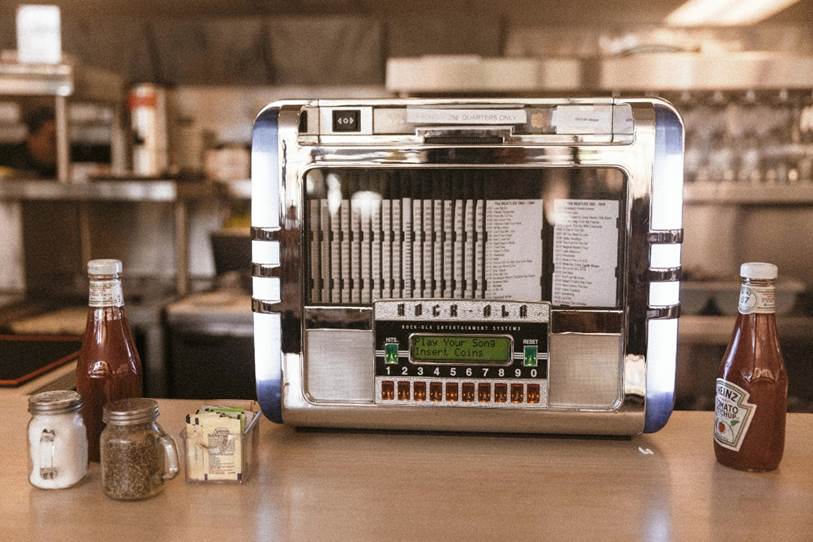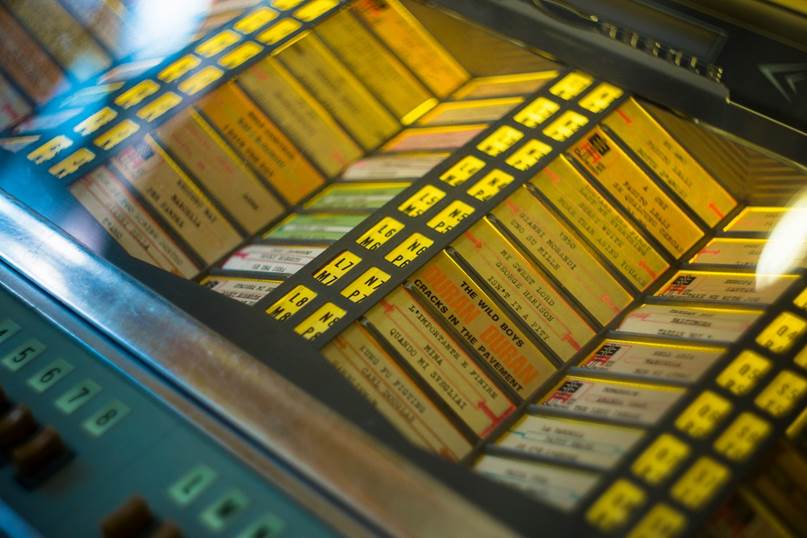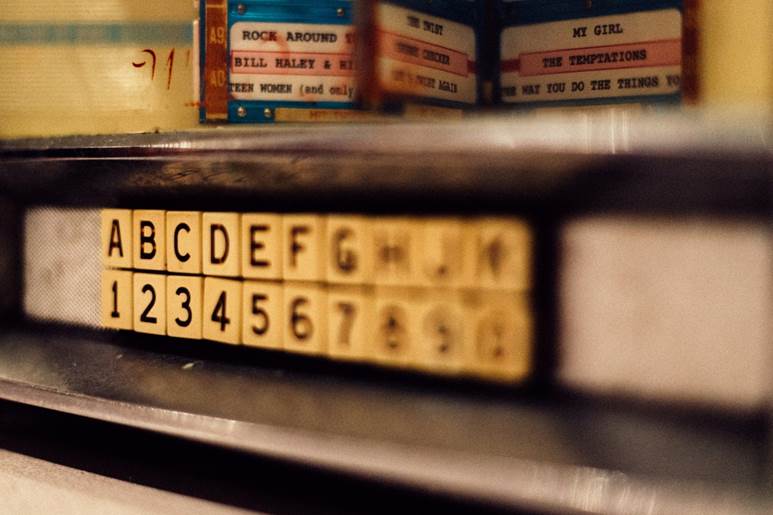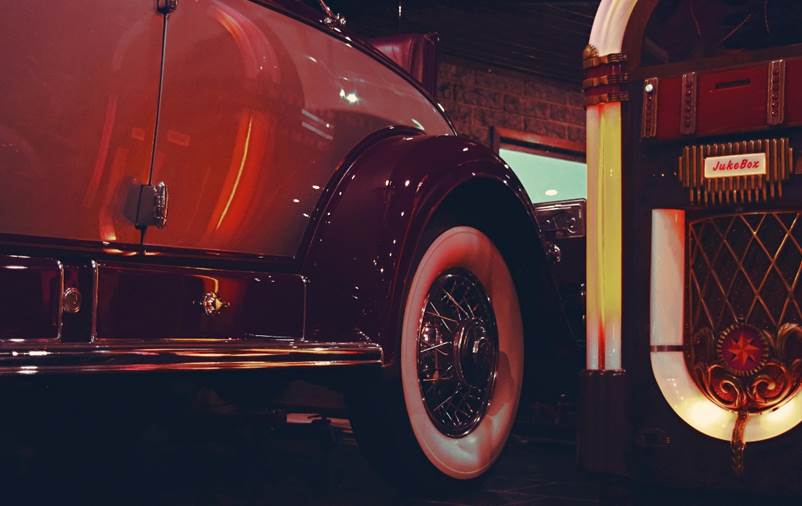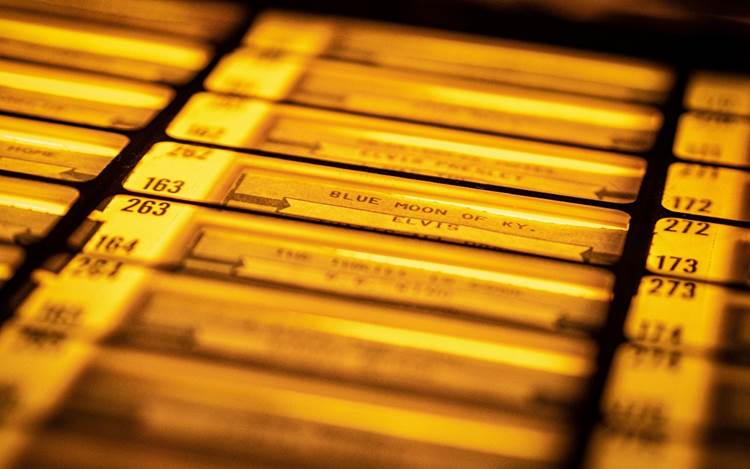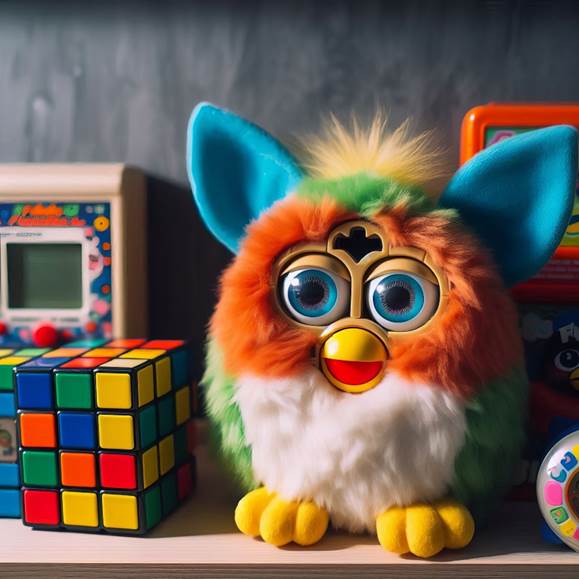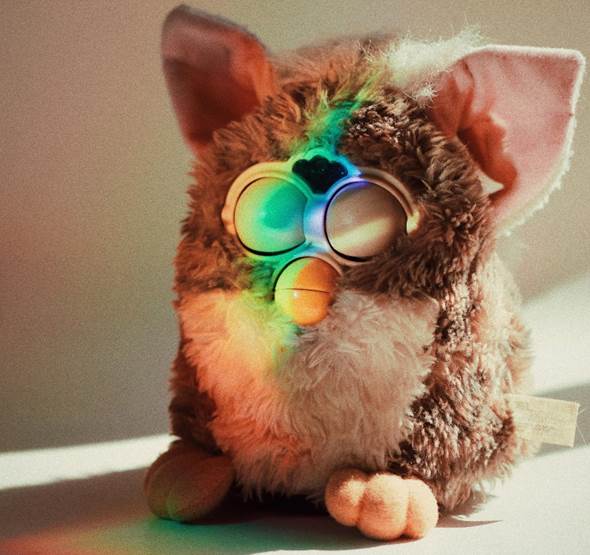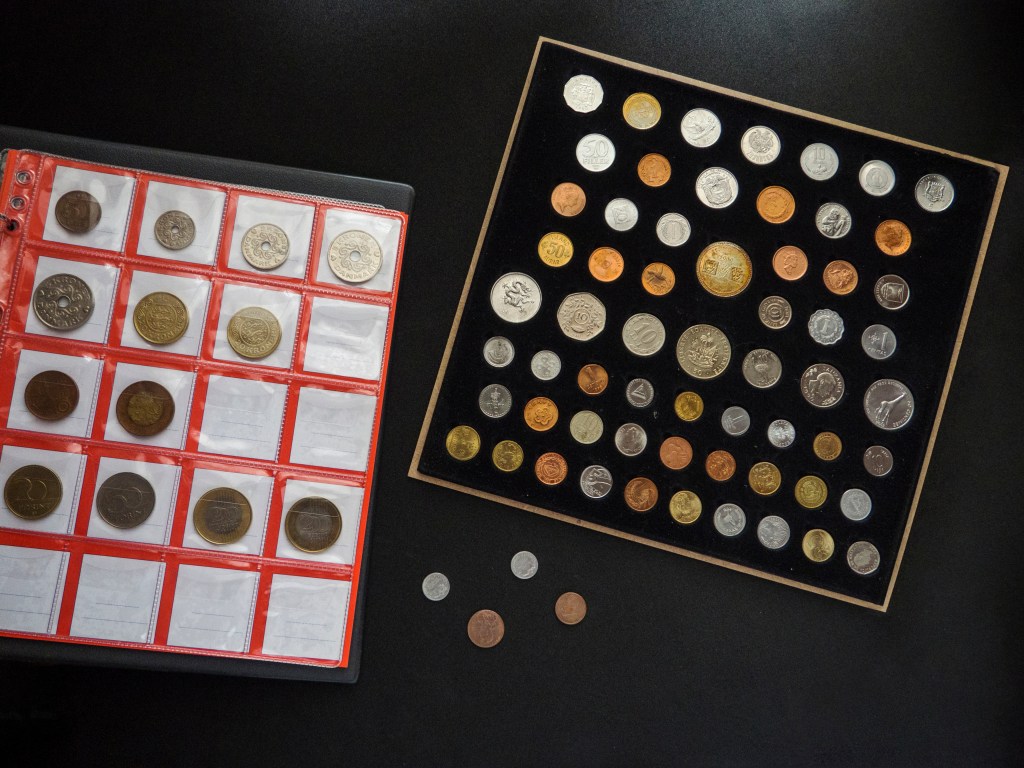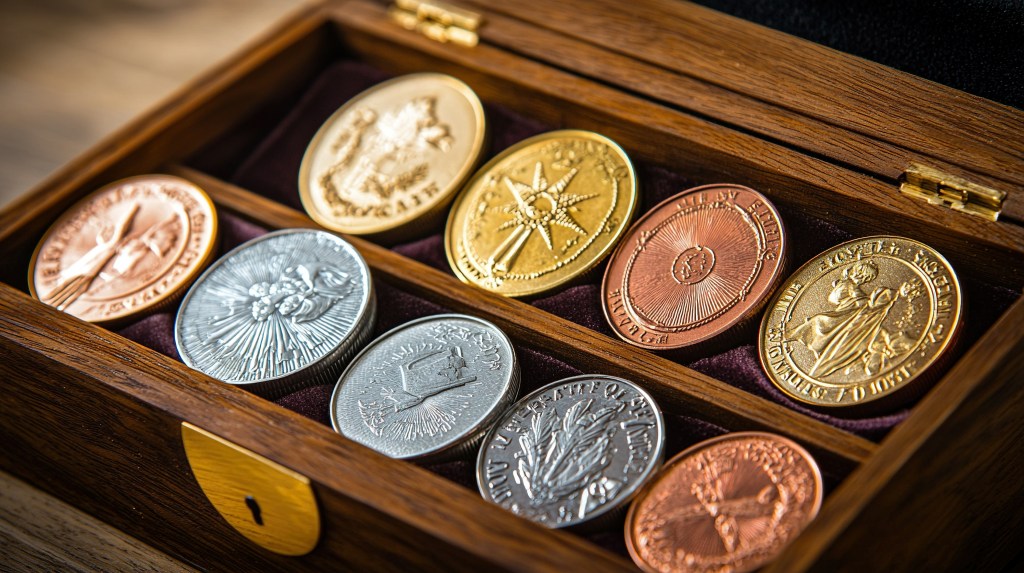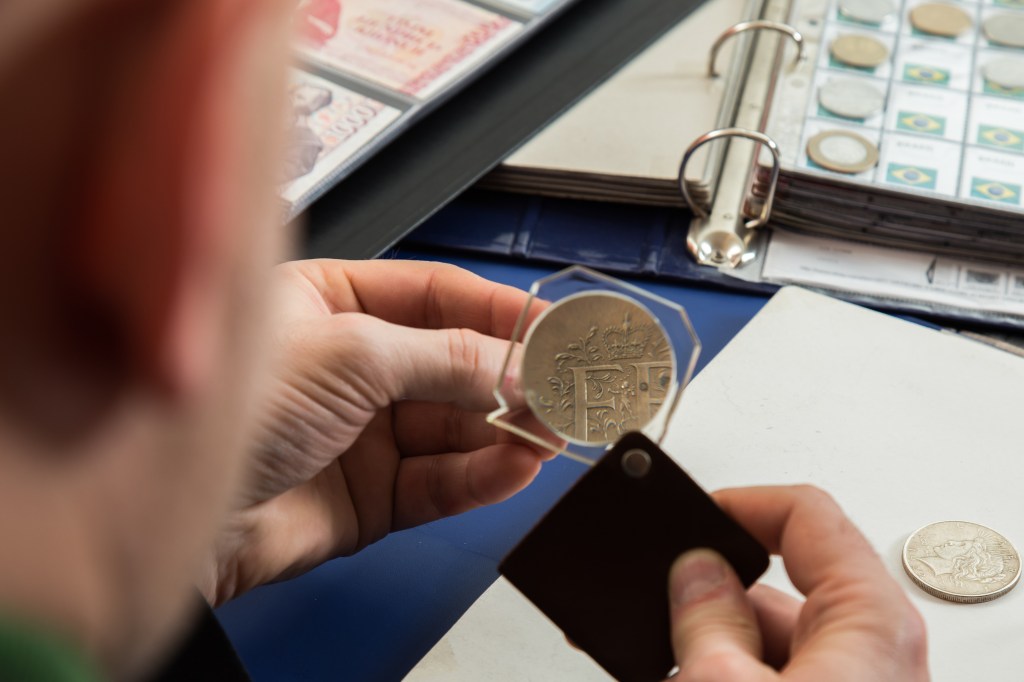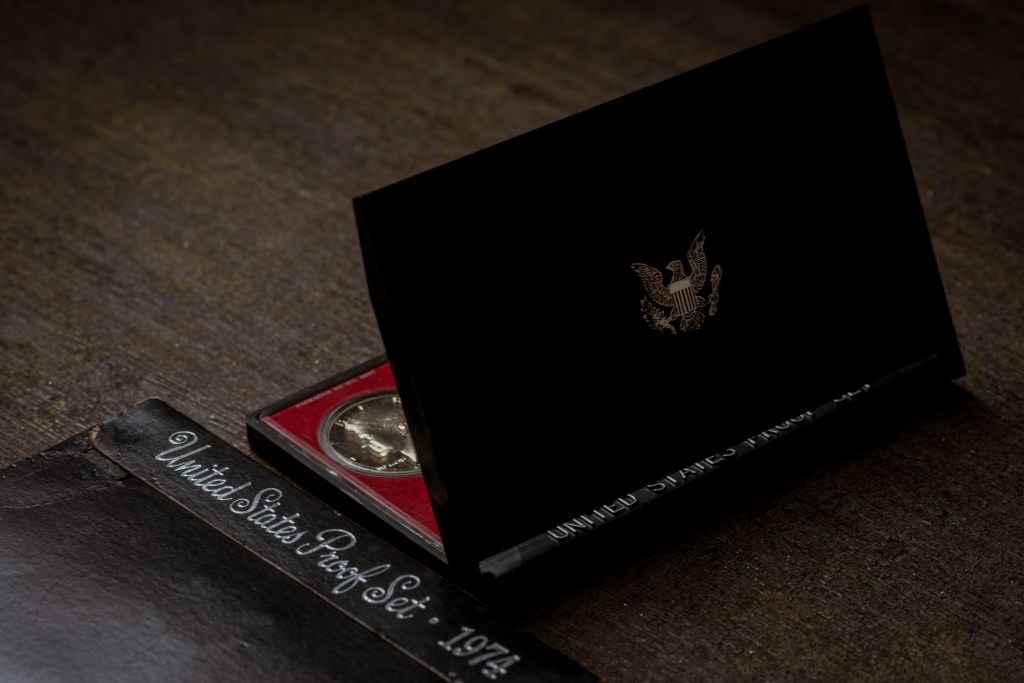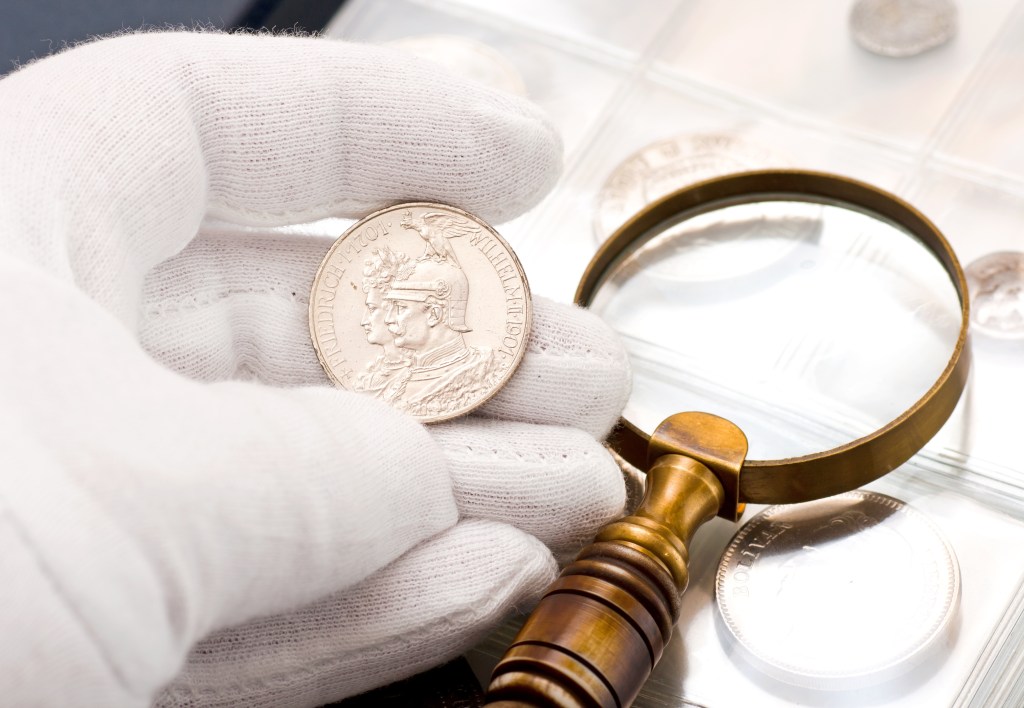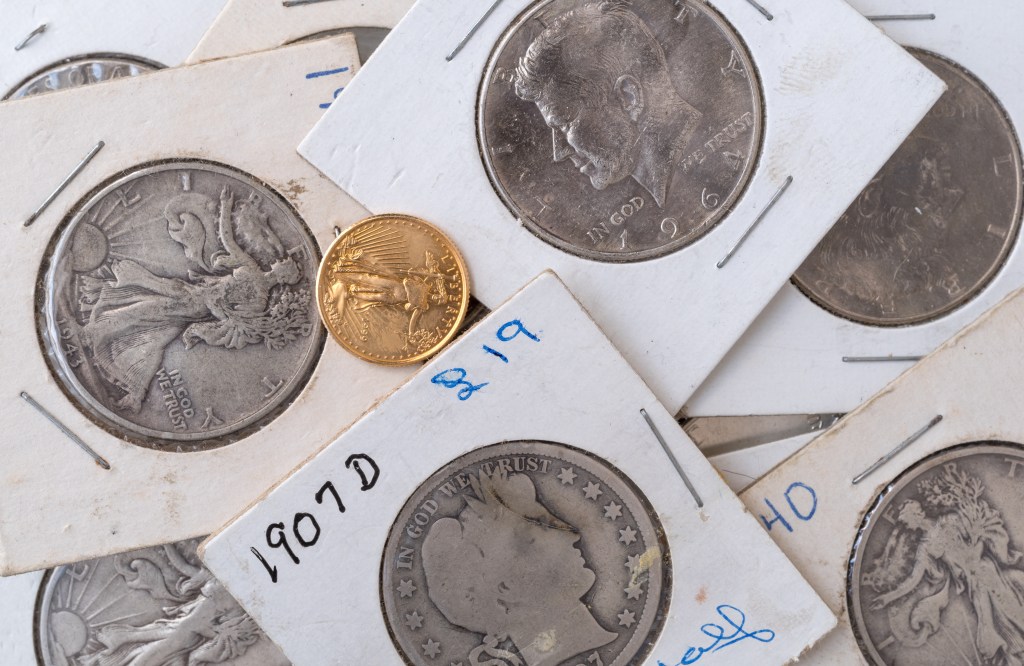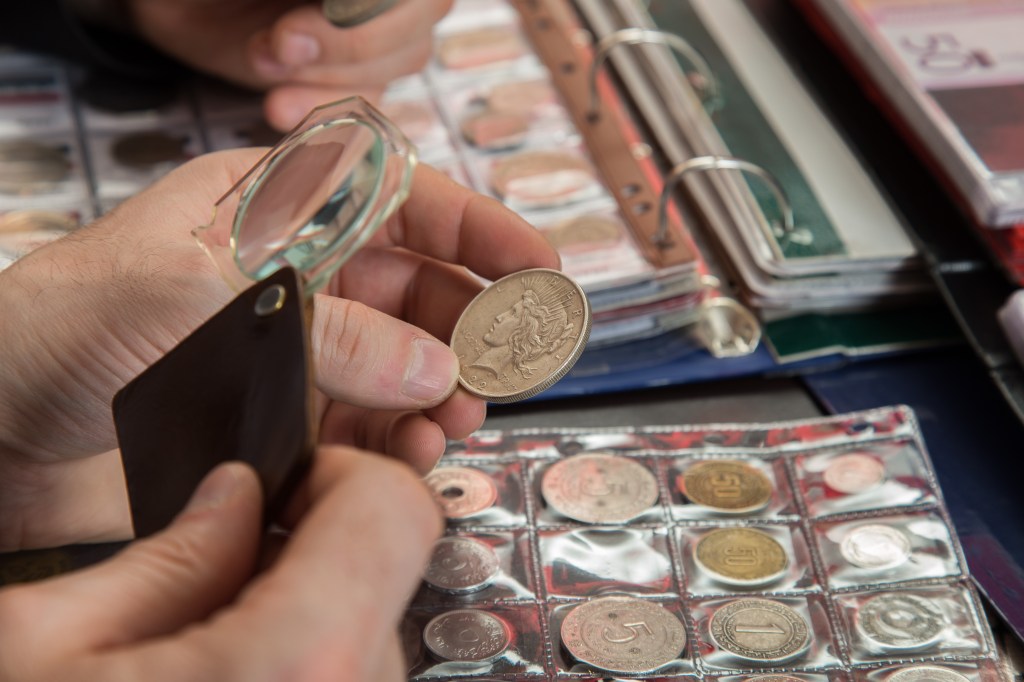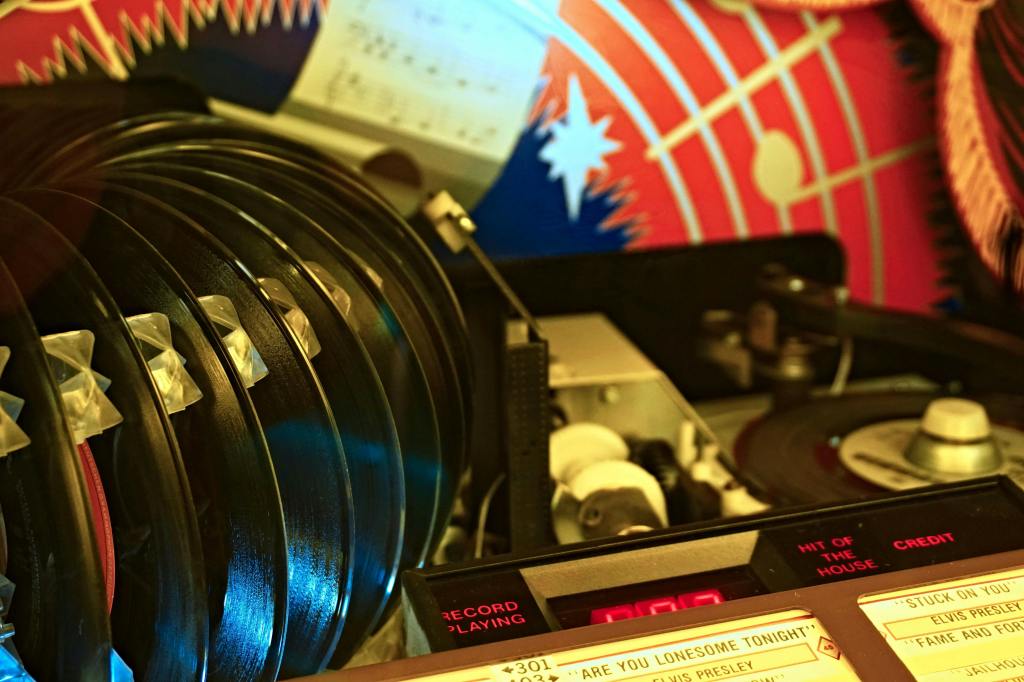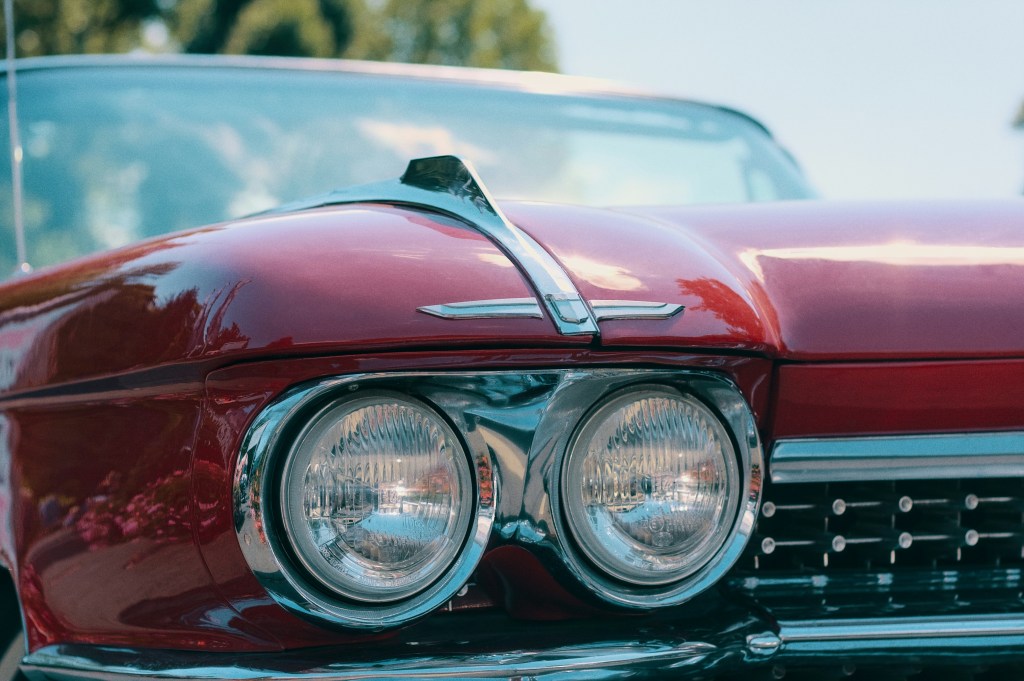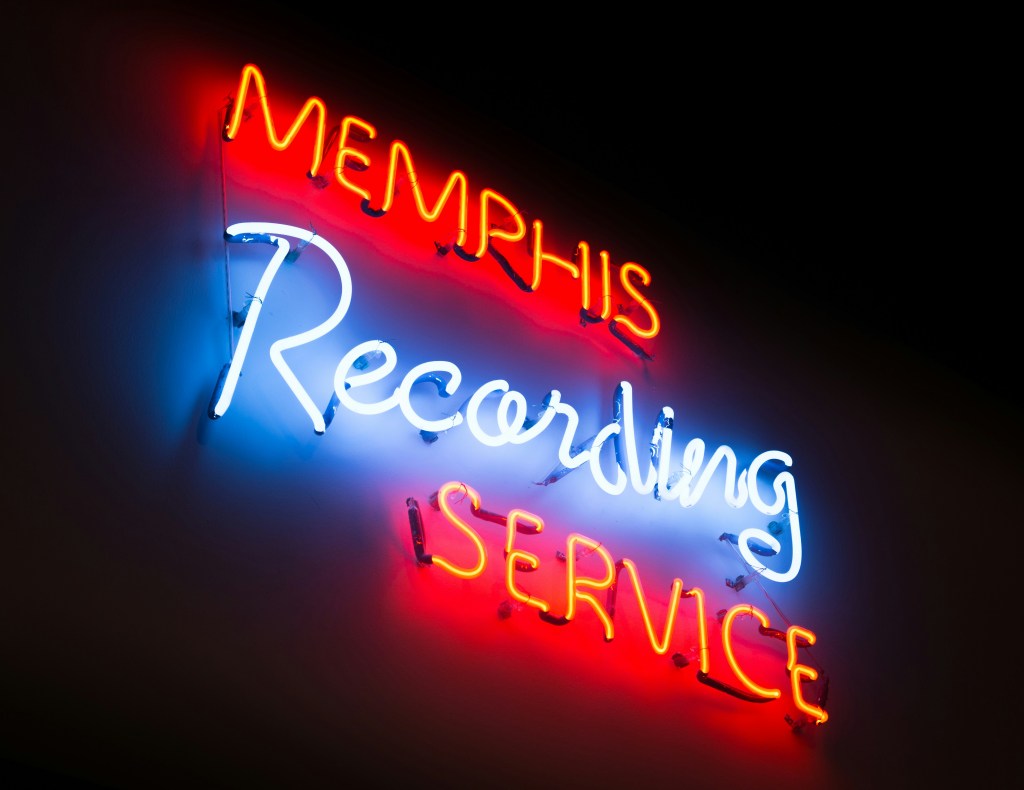Explore essential tips and techniques for model animal collecting, from choosing the right pieces to displaying your collection. Start your journey today!
Getting Started with Model Animal Collecting
Are you fascinated by the world of animal figurines but don’t know where to start? Whether you’re drawn to the beauty of wildlife models or the charm of domestic animal replicas, beginning a collection can be rewarding and enjoyable.
In this guide, we will walk you through the essential steps to kickstart your journey, from choosing a theme or specific species to finding the perfect figurines and reputable brands. Collecting animal models offers a chance to express your passion and connect with others with similar interests.
Read on to uncover tips and insights to help you create a stunning display of your favorite animal figures while ensuring they remain pristine for years.
Popular Types of Animal Figurines and Brands
From realistic models to whimsical miniatures, learn which brands and styles are most sought after by collectors.
Types of animal models
When exploring the world of collectible animal models and toys, it’s essential to understand the various categories available:
- Wild animals represent a significant portion, with safari animal figures standing out for their realistic representation and appeal.
- Farm animals like cows, chickens, horses, and sheep bring a sense of nostalgia and rural charm to collections.
- Pets, including dogs, cats, fish, and birds, are popular, often reflecting the owner’s beloved companions.
- Geographic-themed toys, spanning tropical, desert, arctic, and sea animal toys, offer diversity and educational opportunities regarding different ecosystems.
- Researchers and students utilize models such as invertebrates, mouse models, and other laboratory animals for scientific research.
Materials used in animal figurines
The materials used in crafting animal figurines play a crucial role in their appeal and collectability. Options range from metals such as gold, silver, and brass to more traditional materials like porcelain, ceramic, and China. Glass figurines add a distinct elegance, while collectible pieces made from precious metals and ivory are often prized for their rarity and craftsmanship.
Notable collectible animal brands
Several brands have made a significant mark in the collectible animal figurine market, each with its unique selling points:
- Schleich is renowned for its commitment to educational and detail-oriented toys, making their figures not only fun for play but also instructive.
- Wade, initially a promotional item from Red Rose Tea in the mid-century, has become beloved among collectors for their charming designs.
- Meissen, known for its exquisite porcelain figurines, represents luxury and artistry.
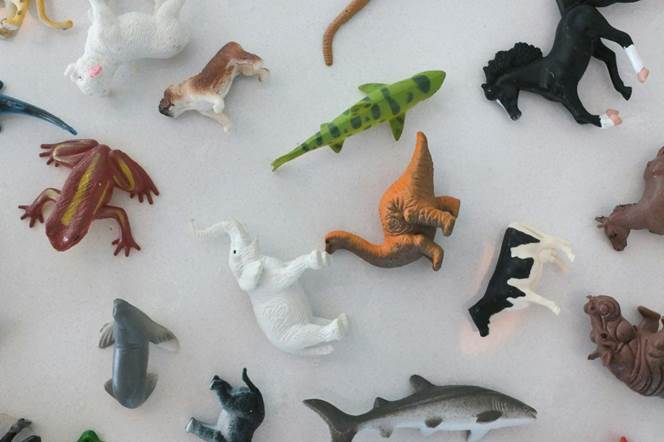
What Makes Animal Figurines Valuable?
When determining the value of animal figurines, several key factors include rarity, brand, material, age, and condition. Understanding these aspects can help collectors and buyers recognize high-value models and make informed decisions.
Rarity
Rarity is a fundamental component in assessing the value of a figurine. The less commonly a piece is found, the more its value can increase. Collectors often seek rare items, which can drive demand and, consequently, prices higher. However, rarity alone does not guarantee high value; other factors must also be considered.
Brand
The brand associated with a figurine plays a significant role in its valuation. Notable brands can elevate the worth of a piece, especially if it is both rare and crafted by a well-known manufacturer. Collectors often have specific brand preferences that can further influence market demand and pricing.
Material
The materials used to create the figurine also impact its value. Unique or high-quality materials, such as porcelain, precious metals, or gemstones, can enhance a piece’s desirability. If a figurine is made from a one-of-a-kind material, its value can increase substantially, adding another layer of complexity to its overall worth.
Age
Age is another critical factor when evaluating the value of animal figurines. Older pieces, especially those considered antiques, typically command higher prices. A rare figurine that has historical significance or belongs to a notable brand can be especially valuable.
Condition
Condition is arguably one of the most important aspects influencing value. A figurine can excel in rarity, brand recognition, material quality, and age, but its poor condition can diminish its potential value. Collectors prioritize well-preserved pieces in excellent condition, significantly enhancing desirability and worth.
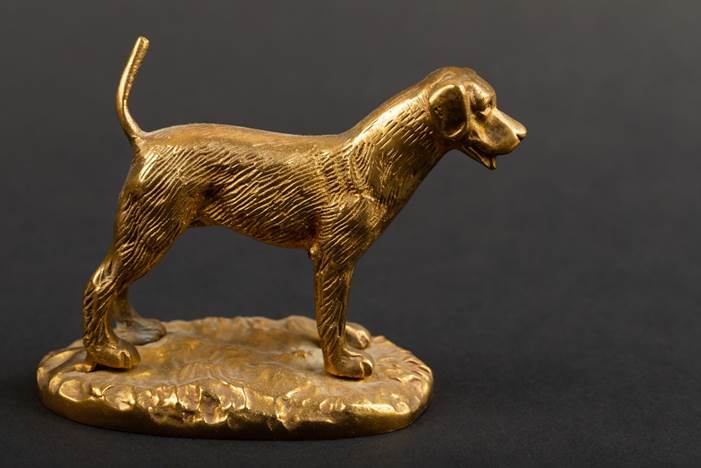
Tips for Displaying Your Animal Collection
Proper display enhances enjoyment and protects your pieces. A well-organized presentation boosts visibility and decor appeal while safeguarding your items from damage.
Shelving
One popular method for displaying models is through shelving. Shelving units allow for a versatile arrangement of animal models, making it easy to create focal points or thematic showcases. Choose shelves that complement the style of your collection, whether it’s sleek and modern or rustic and vintage. Open shelves provide great access, while closed shelves protect against dust and accidental bumps.
Display cases
Display cases are another excellent option for organizing and showcasing collectibles. They offer a protective barrier against dust and potential damage, ensuring that your models remain pristine. Glass or acrylic cases can provide clear visibility while adding an elegant touch to your display. When selecting a display case, consider the size and features that best accommodate your collection.
Themes
For a more personalized display, consider themed setups. This approach allows you to create immersive environments that tell a story or highlight specific aspects of your collection. Whether a nature-inspired diorama or a sci-fi scene, thematic setups can enhance the viewer’s experience and bring your models to life. Integrating elements like backgrounds, props, trees, plants, or lighting can further enrich your display.
Organizing tips
When organizing your figurine collection, think about the arrangement and flow of the display. Grouping similar items or those with a common theme can create visual harmony and make it easier for viewers to appreciate each piece. Maintaining a tidy organization through careful placement and regular dusting will keep your collection looking its best.
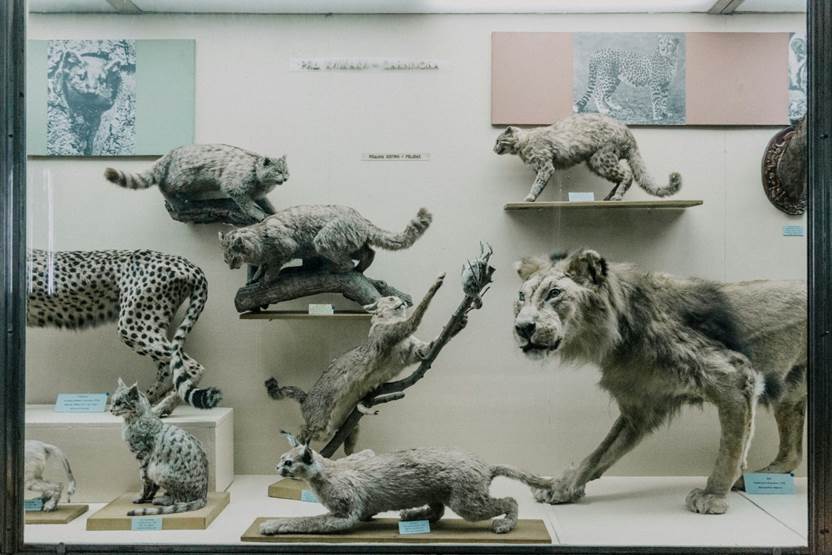
Storing and Preserving Model Animals
Environmental factors such as light and dust can degrade materials. Proper care and storage are vital for maintaining the condition and longevity of cherished items. Collectors can keep their figurine collections pristine for years by following expert tips.
Storage tips
Opt for acid-free boxes to protect items from harmful chemicals that can cause deterioration. Additionally, display cases should be UV blocking to prevent harmful sunlight from fading colors and damaging finishes. It’s also important to regularly dust figurines to maintain their appearance and keep them looking fresh. Avoid storing in basements or attics, as these areas typically experience the highest humidity and temperature fluctuations. Lastly, ensure figurines are kept out of direct sunlight to protect them from further potential damage.
Preservation tips
In addition to proper storage techniques, several preservation strategies can help maintain the integrity of collectible figurines. Regular inspections for signs of wear or damage can catch potential issues early. If necessary, consider using protective coatings designed for collectibles to enhance durability. Always handle figurines with care, using clean hands to minimize the transfer of oils and dirt.
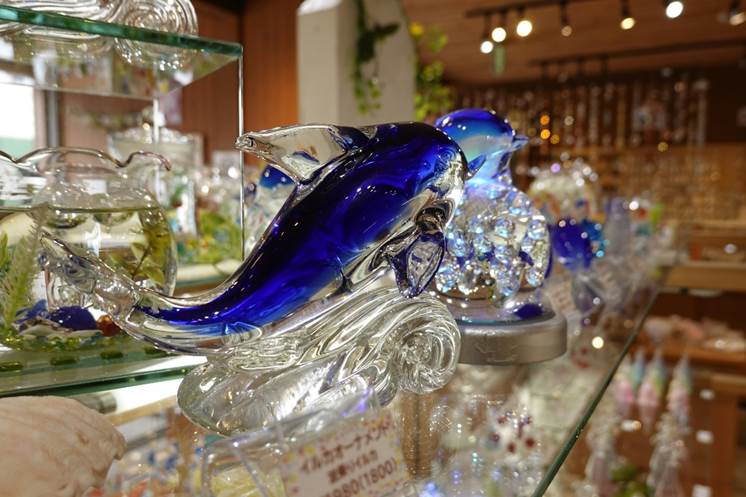
Animal Figurines as Educational and Decorative Pieces
Collectibles often serve a dual purpose: as educational tools and as beautiful home decor. This unique combination allows them to enrich our understanding while also enhancing our living spaces.
Educational animal figurines
Educational animal figurines are particularly beneficial for kids. They provide a fun and engaging way to learn about various categories of animal species. These figurines help increase knowledge of animals and the environment, fostering an early interest in science and biology. Beyond their use in the classroom, these figurines can also be advantageous for scientific investigation and research, offering a tangible way to study, experiment, and understand diverse species.
Decorative animal models
In addition to their educational value, decorative animal models can serve as stunning home decor. Various figurines can elevate any space’s aesthetic appeal, adding a touch of elegance and personality. Models crafted from materials like porcelain also present investment potential, making them a valuable addition to any collection.

From Hobby to Investment: Growing a Serious Collection
For many enthusiasts, collecting model animals transcends mere pastime and becomes a significant investment.
Research
As with any investment, understanding the market and potential for growth is crucial. By taking the time to research, collectors can identify notable brands and makers that are more likely to retain or appreciate over time.
Pick a focus
To build a valuable collection, having a clear focus and goals is important. Some collectors follow a particular theme, such as dogs or other beloved species. Others may find joy in specializing in specific models used for research or lab training, like mouse models, or emphasizing collections from a distinct time period or material, such as porcelain.
Value
Knowledge is key when it comes to animal collectibles. Understanding the current price of figurines helps make informed decisions about buying and selling. Checking price guides and market trends can provide insights into original prices versus current values.
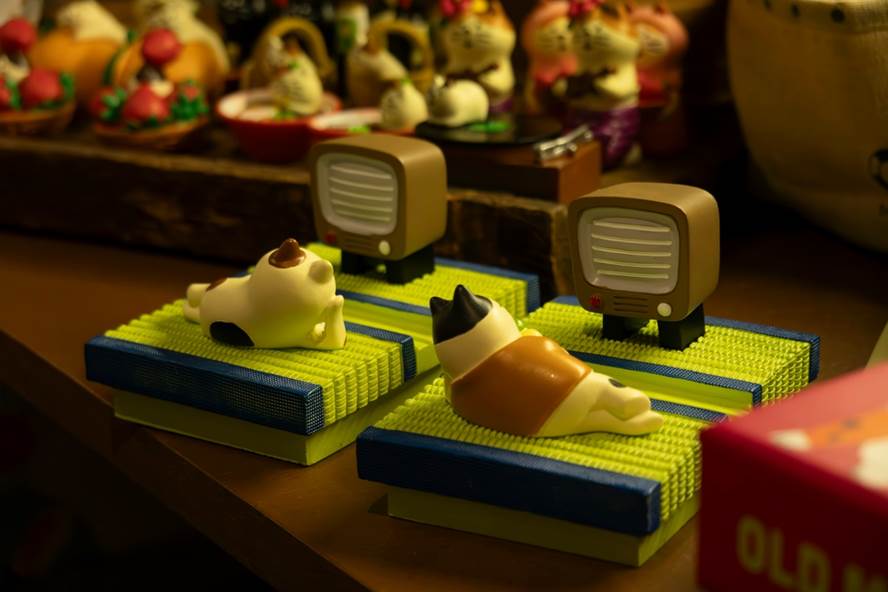
Insurance for Model Animal Collections
Standard homeowner’s insurance typically covers household items and liability, but often excludes high-value collectibles like figurines. This can lead to underinsurance, resulting in payouts that fall short of the figurine’s value in case of damage or theft.
Dedicated collectible insurance
For collectors of high-value figurines, dedicated collectible insurance is essential. This specialized coverage protects your investments against risks standard homeowners’ policies may not cover. It ensures peace of mind by insuring your figurines for their full market value in case of damage, loss, or theft.
Homeowners’ insurance vs. Collectible insurance
When choosing insurance, it’s crucial to differentiate between homeowners’ and collectible insurance. Homeowners’ policies often limit coverage for individual items, leaving collectors at risk. Collectible insurance, however, offers specific terms, including agreed-value coverage, ensuring payouts match the pre-established value of your collection in case of loss.
What to Look for in an Insurance Policy for Figurine Collectors
When protecting your cherished figurine collection, selecting the right insurance policy is crucial to ensure that your valuable pieces are adequately covered against unexpected events.
Coverage essentials
When insuring your collectible figurines, it’s vital to understand replacement value coverage. This type of coverage guarantees you will receive the full value of lost or damaged items. Make sure to clarify the coverage limits and gather proof of ownership, as many policies require receipts or appraisals. Additionally, pay close attention to the deductible structure; understanding how it affects your out-of-pocket expenses can help you make a more informed decision.
Due to the varying values of collectible items, selecting tailored coverage is essential. This ensures that your policy meets the unique needs of your collection. Different types of collectibles may require different levels of protection, so be sure to assess each piece’s worth before finalizing your insurance plan.
Research insurance providers
Thoroughly researching insurance providers is necessary to find the right coverage for your collectibles. Check their accreditation and read customer reviews to gauge their trustworthiness. A reliable provider offers comprehensive coverage and good customer service, which can be invaluable when you need to file a claim.
Review policy specifics
Before committing to any insurance policy, reviewing the specifics is crucial. Pay attention to inclusions and exclusions and the details regarding deductibles. Understanding these policy specifics helps you avoid surprises when making a claim, ensuring you know exactly what is covered and what isn’t.
Finally, gather quotes from multiple insurance providers. This allows you to find competitive prices and compare different coverage options. By reviewing estimates, you can ensure that you’re getting the best deal and the optimal insurance for your collectible figurine collection.
Why Insurance Preserves More Than Value—it Preserves Passion
For collectors, protecting their prized possessions is of utmost importance. Insurance offers peace of mind, safeguarding valuable time, money, and cherished memories from unforeseen accidents or disasters. Investing in insurance allows collectors to preserve their collections from loss or damage, ensuring they remain protected and secure. It’s about preserving not just items but also the passion and dedication behind building a collection.
Sources
https://www.minizoo.com.au/blog/how-to-start-your-animal-figurine-collection/
https://www.my3dselfie.com/en-ca/blogs/news/unlocking-the-charm-of-animal-figurines-collectibles-a-collector-s-guide
https://www.streetdirectory.com/travel_guide/34076/hobbies/the_art_of_collecting_animal_figurines.html
https://daybook.blog/collecting-brass-animal-figures-3-or-more-makes-a-collection/
https://www.safariltd.com/blogs/toys-that-teach/the-best-animal-figurines-for-teaching-collecting-and-imaginative-play
https://www.lovetoknow.com/home/antiques-collectibles/collectible-animal-figurines
https://lutonherald.co.uk/schleich/


